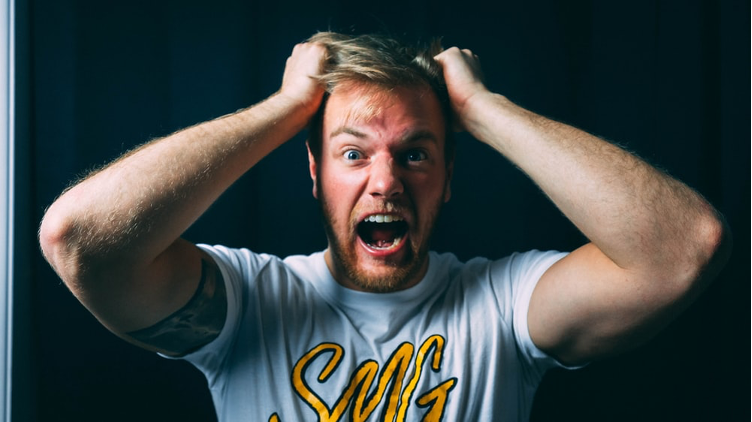
Introduction
How we talk to ourselves on the golf course is far more important than perhaps we realise. Imagine this we’ve just hit two wonderful shots to the heart of a long and tough par 4 only to 3 putt from 20 feet. One minute we were imagining a birdie and in the blink of an eye it’s a bogey.
So what happens next?
- We call ourselves a few unprintable expletives, and storm to the next tee. As we stand over the next drive we’re still fuming from the missed 3 footer and block the drive into the trees which leads to a double bogey 6.
Or
- We get angry for 5 seconds but then let it go….rather than fester, we have a think about what just happened. (Bit over zealous with the first putt and didn’t give the return putt the attention it deserved). We then file away this information for future use. On arrival at the next tee, we take a few deep breathes, a kind of “reset”. Only then do we pull the driver, and step into our pre shot routine and fully commit to the next shot in hand.
Body Language

Having hit a poor shot, it’s very easy for our body language to take over. If our shoulders slump and our head drops, the message to our golf brain is we’ve lost interest.
So however poor the shot, make sure that as you walk down the fairway, you keep your chin up and look towards the green. This sends the message (to your golf brain and to your opponent) that you are still competing.
Tension
Poor shots can create anger, frustration and worst of all – tension. If you haven’t let this go by the time you address your next shot, the tension can lead to tight muscles and a poor swing. So as you walk down the fairway, take deep breathes to relieve the tension and help you stabilise your emotions.
Good Caddy/Bad Caddy
Who would you rather have on your bag, a dour caddy who took every opportunity to have a snipe at you, undermining your confidence and self esteem or a good caddy who encouraged, sometimes cajoled but always put a positive spin on any given situation?
The latter right? So if you genuinely believe this, why do you beat yourself up after playing a poor shot? Tour pros expect to hit around 5 poor shots per round. What they do next and their powers of recovery both emotionally and mechanically is what differentiates them from the average golfer.
Summary
Next time you play, set up a different score card which measures your reaction to a less than favourable shot with 1 being your were able to move on and get over it and 3 where you continued to fester. Then see how this scorecard compared to the actual score per hole.
Thanks for reading my blog. If you enjoyed it please take a moment to like my Facebook page. https://www.facebook.com/TheGolfSwingCompany?ref=aymt_homepage_panel
tony@thegolfswingcompany.com 07764 895 045
www.thegolfswingcompany.com Facebook: @thegolfswingcompany
Sources
Karl Morris https://themindfactor.net/
If you no longer wish to receive these blogs, just reply with the word “unsubscribe” in the heading box